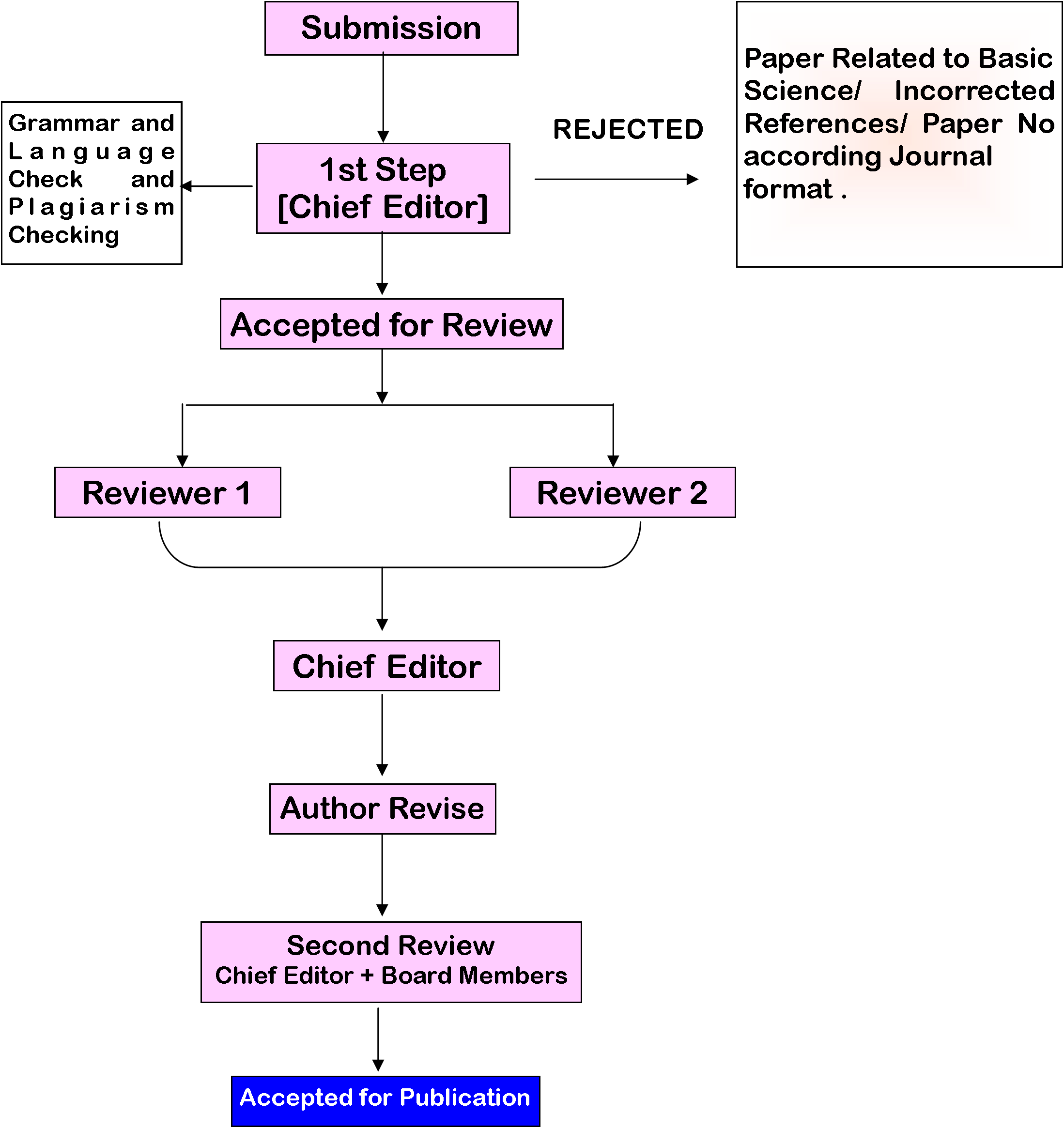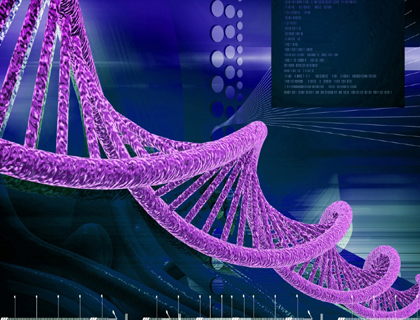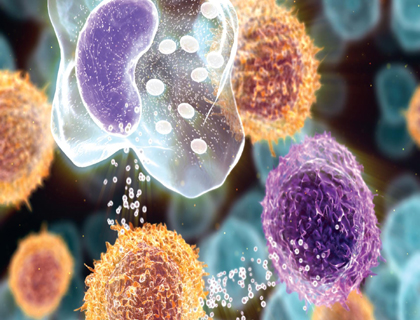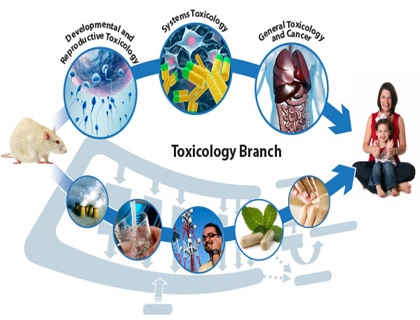Instructions to Authors
World Journal of Clinical Pharmacology, Microbiology and Toxicology is a Quarterly Journal which publishes original research work that contributes significantly to increase the scientific knowledge in Pharmaceutical Sciences, Medical Sciences, Pharmaceutical Technology, Pharmaceutics, Biopharmaceutics, Pharmacokinetics, Pharmaceutical / Medicinal Chemistry, Computational Chemistry and Molecular Drug Design, Pharmacognosy and Phytochemistry, Pharmacology, Pharmaceutical Analysis, Pharmacy Practice, Clinical and Hospital Pharmacy, Cell Biology, Genomics and Proteomics, Pharmacogenomics, Microbiology, Clinical Microbiology, Pathology, Dental Sciences, Oncology, Plant Science, Bioinformatics and Biotechnology of Pharmaceutical Interest. Further this Journal also publishes original research in the field of General Science, which shows its impact in Pharmaceutical Science. Research in synthesis of new molecules and biological evaluation is also published. The Journal publishes original research work either as a Research article or as a Short Communication. Review Articles on a current topic in Pharmaceutical Sciences are also considered for publication by the Journal.
SUBMISSION OF PAPER
Papers submitted by the authors/ co-authors must be original in nature. No parts of the paper are not currently sent to any journal, international journal or any other publication company.
The author is responsible for ensuring the originating of the paper. The co-authors to ensure the originating of the paper. The authors who are willing to submit paper should ensure that they get approval from their institution or industry. After receipt of paper/ articles/ abstract acknowledgement will be sent within a day. Before publication of paper in the journal, further correspondence will be send to the respective author(s). The paper submitted by authors may be either for readability.
Submission of paper only sends through e-mail in MS-word file. Paper submitted to: chiefeditorwjcpmt@gmail.com, wjcpmteditor@gmail.com, immediately after the receipt of paper of Manuscript Number will be sent to the concern author with in day or maximum of two days. The mail should contain the authors' full address, telephone number, email and designation.
ARTICLE TYPES
1) Original Research Articles: The length of paper should be 10-15 pages. The paper should be original in nature, research findings and working relates to the research work to be given in detail to verify the work by others.
2) Short Communication: The Short communication is suitable for new models, innovative methods and techniques. It should be sent maximum of 2 to 4 pages in length.
3) Reviews: Review can be made by authors in the current topics and intensive areas. It must be 10-20 pages. Reviews are also peer-reviewed.
4) Case reports: Novel/interesting/extremely rare cases or rare presentations can be reported. Cases with clinical significance or implications will be given priority. Up to 3 - 4 Pages.
5) Letter to the Editor Should reflect short, decisive observation. Up to 500-1000 words and five references
REVIEW PROCESS
Review process done by editor in chief and member of Executive editors. Decision will be made by editorial board with in three weeks.

FORMAT OF MANUSCRIPT
Manuscript should be divided into Title page, Abstract, Introduction, Materials and Methods, Results, Discussion or Results and Discussion, conclusions, Acknowledgements, References.
Title page- In separate lines, title page should contain the title of the manuscript, the name(s) and affiliation(s) of the author(s), and the mailing address, telephone and fax numbers, and e-mail address of the corresponding author. The title must be specific, concise and informative.
Title - 15 FONT SIZE, CAMBRIA, NORMAL, BOLD)
Authors - Avijeet Jain, Amit K Jain --- (12 FONT SIZE, CAMBRIA, NORMAL, BOLD)
Keywords and abstract- Please include 3-10 keywords for indexing purposes; Full-length manuscript submission should contain an abstract of up to 250 words in a structured form, consisting of: Objective, Methods, Results, and Conclusion.
Headings – INTRODUCTION, MATERIALS AND
METHODS, RESULTS, DISCUSSION, CONCLUSIONS.
Subheadings- Preparation of extracts
Introduction- It should summarize the rationale, provides a concise research background (not an exhaustive review) and states in single sentence the objective of the study. Please do not include any results or the conclusions of the study.
Materials and methods- All the ethical permission associated in the research work must be drugs, chemicals, and instruments. Indicate the statistical methods used and identify statistical specified. It should provide technical information about the study. Published methodological details are not needed to describe that have been published previously. Specifications (including the manufacturer, city, and the country) should be given for the main significance using superscripts (* and **) following the data (*P < 0.05, **P < 0.01).
Results- It should reveal the findings of works.
Discussion- It should be with the interpretation of the results and their comparison with those of other studies. No need to repeat the results, review literature, textbook knowledge or cite references that do not have a close relationship with the present result.
Conclusions – conclude the study linking back to the aim of the study.
Abbreviations- At the first appearance in the abstract and the text, abbreviations should be preceded by words for which they stand.
Tables- Tables must be concise and cited consecutively using Arabic numerals in the text (Table 1, Table 2...etc.). The title of the table should clearly indicate the nature of the contents and sufficient detail should be included in the footnote to facilitate interpretation without reference to the text. Use horizontal rules only.
Table Format – It should be exactly same as below
Table 1: It shows --- (12 font size, cambria, normal, bold)
|
S. No. |
Heading 1 |
Heading 2 |
Heading 3 |
|
|
|
|
|
Figures -Figures
(photographs, drawings, diagrams and charts) should be clear, easily
legible and cited consecutively using Arabic numerals in the text(Figure
1, Figure 2...etc.). Please supply figures 1.5 to 2 times the size at
which they will be finally reproduced. For line work, submit black-ink
drawings of professional quality. Micrographs or other glossy
photographs must be of the highest quality. Use standard symbols: ○,
●,
×,
□,
■,
△,
▲.
Freehand or typewritten lettering is unacceptable. If a figure comprises
more than one glossy photograph, these should be marked A, B, C...etc.
Figure legends should be marked clearly with their correspond letters.
Legends should contain sufficient detail to permit figure interpretation
without reference to the text. Scale markers should be indicated in the
photographs. Color plates are also welcome. The choice of cover art
illustration will be made by the Editor.
Figure format –
Fig. 1: It Shows --- (12 Font size, Cambria, Normal, Bold) Manuscripts that fail to conform to the requirements of the Journal, as specified under 'Instructions to Authors', will be rejected outright.
References
In the text, a reference identified by means of an author‘s name should be followed by the date of the reference in parentheses. When there are more than two authors, only the first author‘s name should be mentioned, followed by ’et al‘. In the event that an author cited has had two or more works published during the same year, the reference, both in the text and in the reference list, should be identified by a lower case letter like ’a‘ and ’b‘ after the date to distinguish the works.
Examples
Sivakumar et al (2011), Prakash (2003), (Karmegam, 2004), (Jayakumar and Karmegam, 2012), (Sivakumar, 1998; Karmegam, 2000a,b; Prakash, 2010,2011), (Sathishkumar et al., 2008)
References should be listed at the end of the paper in alphabetical order. Articles in preparation or articles submitted for publication, unpublished observations, personal communications, etc. should not be included in the reference list but should only be mentioned in the article text (e.g., K.Tim, Chennai, Magazine or personal communication, Newsletter). Journal names are abbreviated according to Chemical Abstracts. Authors are fully responsible for the accuracy of the references.
Format of References
1. Suthar, S., 2007. Vermicomposting potential of Perionyx sansibaricus (Perrier) in different waste materials. Bioresour. Technol. 98, 1231–1237.
2. Prakash, M., and Karmegam, N.2010.Vermistabilization of pressmud using Perionyx ceylanensis Mich. Bioresource Technology. 101 (21): 8464–8468.
3. Prakash, M., and Karmegam, N.2010.Dynamics of nutrients and microflora during vermicomposting of mango leaf litter (Mangifera indica L.) in presence of Perionyx ceylanensis Mich. International Journal of Global Environmental Issues. 10(3/4): 339-353.
4. Prakash, M., and Karmegam, N. 2010. Shift of total microflora in the course of vermicomposting and their association with moisture content during incubation of vermicompost In: Microbial Biotechnology (Eds.) P. Ponmurugan and V. Balakrishnan. Excel India Publishers, New Delhi. Pp. 258-264.
5. Prakash, M., M.Jaikumar and Karmegam, N. 2008. Physico-chemical Characteristics and Fungal Flora in the Casts of the Earthworm, Perionyx ceylanensis Mich. Reared in Polyalthea longifolia Leaf Litter. Journal of Applied Sciences Research. 4(1): 53-57.
6. Ravikumar, M., K. R. Sridhar, T.Sivakumar, K. S. Karamchand, N. Sivakumar and Vellaiyan R. 2009. Diversity of filamentous fungi on coastal woody debris after tsunami on the southeast coast of India. Czech Mycol. 61(1): 107–115.
7. Sivakumar,T. 2007. Biodiversity and Biotechnological potentials of fungi from Muthupet Mangroves, Tamilnadu, India. Ph.D. Thesis, Bharathidasan University, Thiruchirappalli, India.
8. Edwards, C.A., and Arancon, N.Q.2004.The use of earthworms in the breakdown of organic wastes to produce vermicomposts and animal feed protein. In: Edwards, C.A. (Ed.), Earthworm Ecology, second ed. CRC Press, Boca Raton., pp. 345–438.
Short Communication
The journal publishes exciting findings, preliminary data or studies that did not yield enough information to make a full paper as short communications. These have the same format requirements as full papers but are only up to 5 pages in length. Short Communications should not have subtitles such as Introduction, Materials and Methods, Results and Discussion - all these have to be merged into the running text. Short Communications preferably should have only 3-4 illustrations.
Review Articles
Should be about 18 pages long, contain up-to-date information, comprehensively cover relevant literature and preferably be written by scientists who have in-depth knowledge on the topic. All format requirements are same as those applicable to full papers. Review articles need not be divided into sections such as Materials and Methods and Results and Discussion, but should definitely have an Abstract and Introduction, if necessary.
CONFLICT OF INTEREST STATEMENT
It must be declared by authors.
RESEARCH ETHICS
Studies involving human subjects should be conducted according to the World Medical Association (WMA) Declaration of Helsinki - Ethical Principles for Medical Research Involving Human Subjects.
Studies involving non human animals should follow appropriate ethical guidelines such as the Animal Welfare Act, The Animals (Scientific Procedures) Act (Amendment) Order 1993, The EU parliament directive on the protection of animals used for scientific purposes, ARRP policies and guidelines, etc.
PROOFS AND REPRINTS
Electronic proofs will be sent (e-mail attachment) to the corresponding author as a PDF file. Page proofs are considered to be the final version of the manuscript. With the exception of typographical or minor clerical errors, no changes will be made in the manuscript at the proof stage. Because the WJCPMT will be published freely online to attract a wide audience), authors will have free electronic access to the full text (in PDF) of the article. Authors can freely download the PDF file from which they can print unlimited copies of their articles.
COPYRIGHT
Submission of a manuscript implies; that the work described has not been published before (except in the form of an abstract or as part of a published lecture, or thesis) that it is not under consideration for publication elsewhere; that if and when the manuscript is accepted for publication, the authors agree to automatic transfer of the copyright to the publisher.



